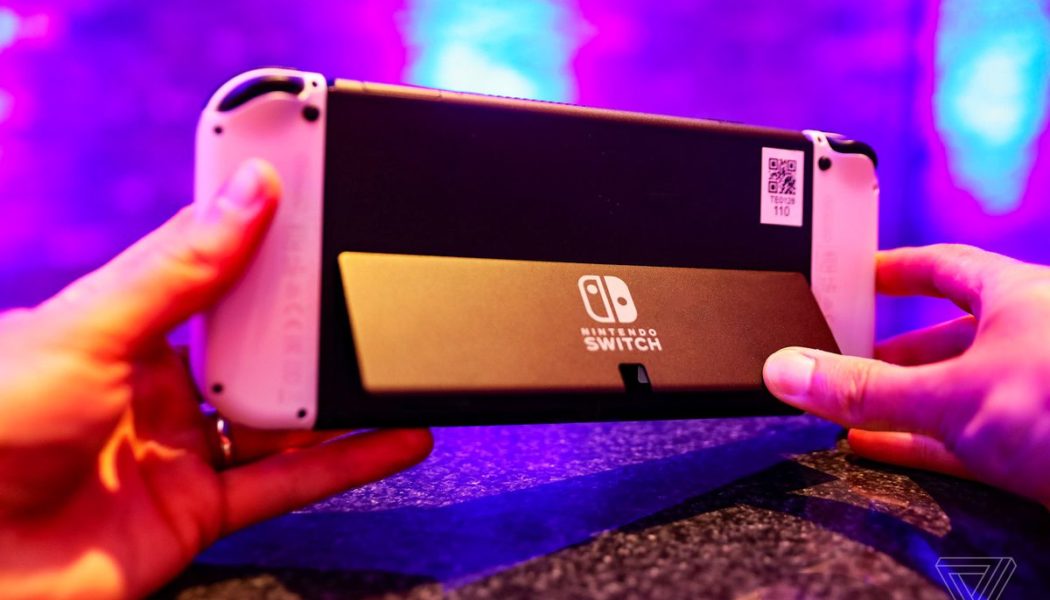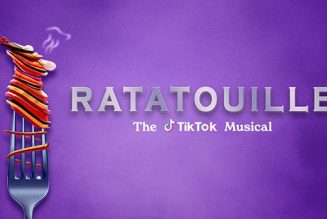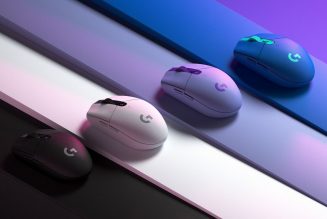One of the core promises of the Nintendo Switch — the ability to easily play multiplayer games on the go — has long been undone by a flimsy piece of plastic. While the original Switch model technically made it possible to whip out the tablet for some impromptu Mario Kart, the terrible kickstand made this impractical at best and dangerous (for your Switch’s screen) at worst. The latest iteration of the hardware finally fixes that — along with the showcase feature, a much-improved OLED screen — and makes the dream of spontaneous Mario Party tournaments a reality, at last.
This week Nintendo is releasing Mario Party Superstars, a sort of greatest hits collection for the digital board game series. It includes boards from the early Nintendo 64 games, alongside more than 100 mini-games pulled from both N64 and GameCube entries in the series. It’s a pretty solid collection, with some familiar favorites — along with some, let’s say, less loved games — that have all been spruced up with a more modern presentation. If you didn’t play any of those originals, it basically feels like a new game, with visuals and animations on par with other titles on the platform, including the other Switch Mario Party game.
:no_upscale()/cdn.vox-cdn.com/uploads/chorus_asset/file/22873311/cfaulkner_210921_4751_0013.jpg)
If you’re looking for a good collection of mini-games, and particularly if you have a fondness for the classic Mario Party titles, Superstars will scratch that itch. It doesn’t have as many playable characters as new titles, and some players might miss the more modern motion control games. Mostly, it’s great, though — and that’s true no matter which iteration of the Switch hardware you’re playing it on. But the game is also a perfect test case for the OLED Switch’s much-improved kickstand.
The problem with the original was that the stand was both too small and flimsy; your Switch never felt fully secured, even on a flat surface. This made it less than ideal for playing multiplayer games where things might get a little hectic. I definitely never trusted it myself. On the OLED version of the Switch, though, the stand now extends across the length of the tablet, and it’s a lot more sturdy as a result. As an added bonus, it’s adjustable as well, offering multiple viewing angles.
Now, Mario Party is the quintessential living room game, the kind of experience where it’s great having a group of friends yelling at each other while sitting around the television. That’s still the case here. But it turns out it also works really well in what Nintendo calls “tabletop” mode. This is where you have the Switch undocked, propped up on a tabletop, with everyone using their own Joy-Con controller to play.
:no_upscale()/cdn.vox-cdn.com/uploads/chorus_asset/file/22962701/Minigame_LeafLeap_NOA.jpg)
The OLED Switch screen is big and bright, so I was able to play with two other people sitting around a coffee table, and everyone could see what was going on just fine. And given that Mario Party can get a little intense — seriously, just try playing a round of tug-of-war with a single Joy-Con — I was surprised to find that my Switch never toppled or even really wobbled. Arms were flying, people were yelling, and the game went on without a hitch.
It may seem like a small thing, but the improved kickstand really fulfills that early promise from Nintendo. And it fits Mario Party especially well given that the series is basically a board game with some added digital frills. It’s not the kind of feature that sells new hardware, the way a beautiful OLED screen does, but it makes a big difference for this kind of game. Now you can finally be one of those rooftop party people.
Mario Party Superstars launches on the Switch on October 29th.









